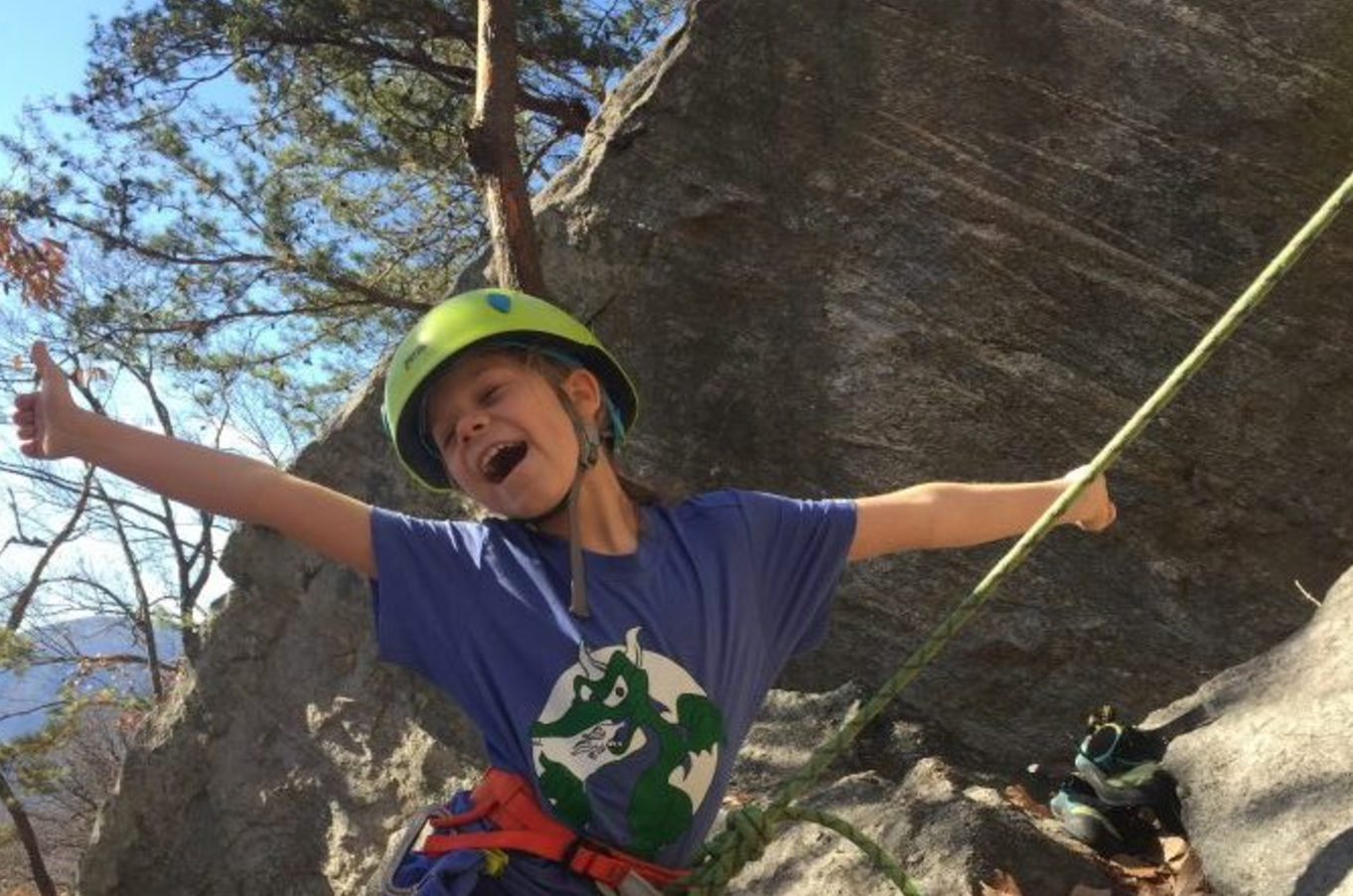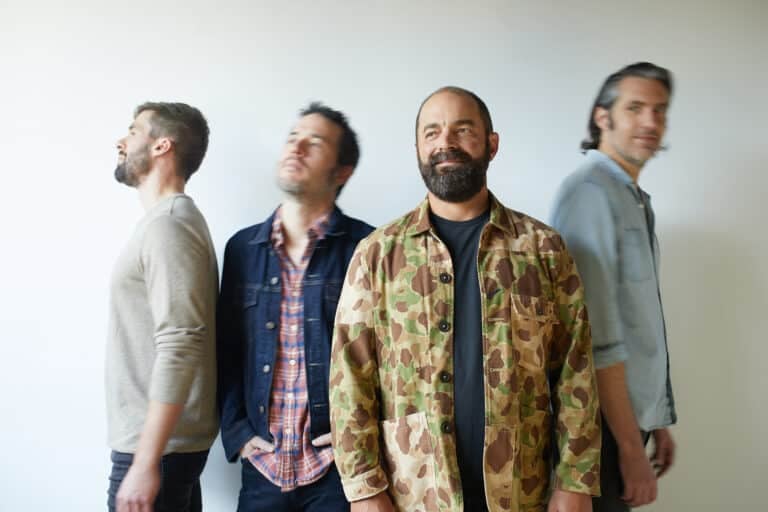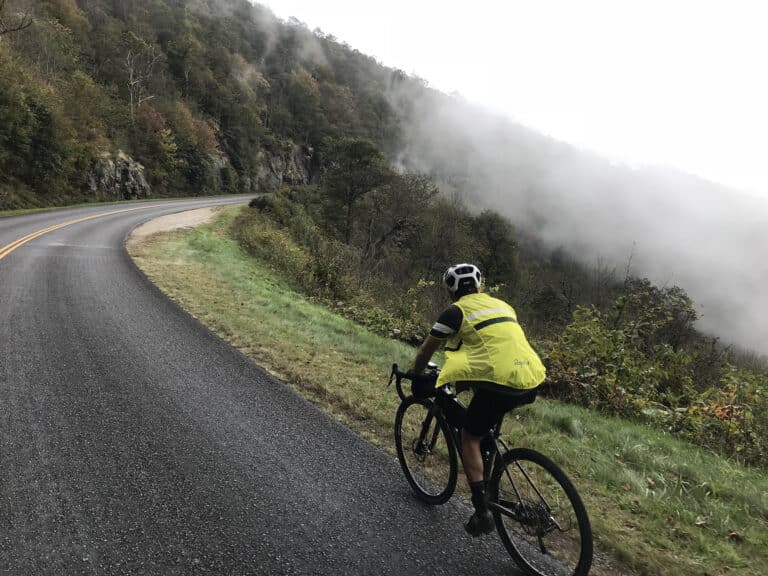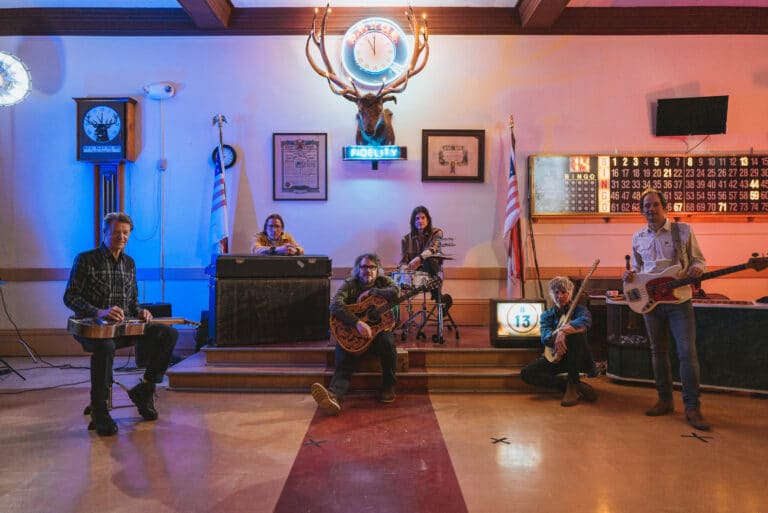Watching her little fingers search out and tentatively latch onto an in cut edge I see the confidence blossom on her face as she shifts her weight onto the higher foot which is wrapped in the cutest little blue climbing shoe. The times that I get to watch my daughter climb are always inspiring. As a climbing instructor it has always been one of my joys watching others explore and learn about climbing and the most special of these times have often involved watching kids get out there. When climbing with younger kids there are also many potential challenges that I have stumbled across over the years. Here are some suggestions and thoughts worth considering when planning your day or climbs.
1. Be prepared for a short session in the beginning. Kids may not share our desire for a full on day at first. If you are planning to stay and get some laps in on your project have some toys, games, or pre-planned activities prepared as well as a spare responsible person for supervision of the younger kiddos. The times I have been up on the sharp end trying to send a route and trying to field questions from my daughter made me feel like I was being halfway engaged on both tasks. Fun for no one.
2. Start slow and easy. For really young ones like 4 and 5 years setting a rope up on 4th class terrain may be a great start. Have a parent or older sibling climb next to them and offer encouragement and support. Another option to consider is top belays for climbs in the beginning. A child is often more comfortable climbing toward the safety of a parent or primary care giver than they will be climbing away from them when a bottom belay is used.
3. Know how to adjust the difficulty of sections of a climb for shorter arms and legs. Maybe you can plug a piece of gear in and hang a 48” runner or a cordelette tied into an aider at a hard bit. Another option is to fix a rope along the route from the top with butterfly knots tied every couple feet. Kids can bail to the rope at times if needed.
4. With the smallest kids have a plan to get them down. It is the worst when they are ready to get lowered and maybe freaking out some but are too light for the friction in the system to be lowered! This is a great time to have an adult climbing alongside who can use techniques like attaching themselves to the child’s rope with a friction hitch and then when the adult gets lowered it helps pull the child’s rope down as well. Another option is to have the child climbing be attached to a trail line anchored to the tie in point of their harness. This trail line can then be used to help pull them down as they are being lowered. For younger and smaller kids a full body harness is also a necessity. A seat harness only is for older kids who have clearly defined hips and good balance and core body strength. Can the child easily right themselves if they flip upside down? When in doubt stick with the full body harness or a seat and chest harness combo.
5. Helmets are a must! Even if you as an adult choose to not wear a helmet at times your child needs to wear a properly fitted climbing helmet. Kids are often less coordinated and constantly adjusting to a growing body. They are more prone to trip or topple over and be less agile when they fall. Even when not climbing you need to have a master sense of awareness of potential rock fall or dropped objects by parties above you. I have seen a metal water bottle dropped at Looking Glass bounce off into the woods 30 feet from the base of the route. An easily recognizable and conservative zone should be established by you in which kids need to have their helmets on. Make it clear where they can go to take it off when needed.
6. Keep it fun! Coaching and encouragement can get easily loaded with my own insecurities and frustrations. Trying to instill a love of climbing means figuring out why they might enjoy it and knowing that they do not have my same history with climbing. I will sometimes place a small toy or prize on a ledge or hold as a way of setting a fun goal for the kids to reach. Know when they are done and don’t push them too hard in the start. My ten year old will rarely climbed to the anchors or top. She is still developing her comfort with heights. If she wants to climb up ten feet and bounce around and swing on the rope that is what we will do. Pushing kids into their stretch zone of fear should be used like a spice. Sometimes a little is all you need.
Climbing with my daughter and her friends is by far one of my greatest joys as a parent and lifelong climber. I see how it excites and inspires her and mostly is just flat out fun. As with all climbing skills the techniques I describe here are not something you should ever just wing it on. Practice when the kids are not around so that when you do use these tools you KNOW with certainty you are doing it right. If I am bumbling about and not showing confidence it certainly can make my child more afraid to trust the systems we are using. Seek qualified instruction from a certified instructor who is insured and properly permitted for the area they are working in. Don’t assume that everyone offering a service is properly trained and credentialed, Caveat Emptor. Most of all I hope that when you go climb with your family and friends children that you have fun together and enjoy quality time outdoors. I hope to see you out at the crag.
Adrian Hurst is an instructor with Fox Mountain Guides, a North Carolina Outward Bound Climbing Specialist, and an Appalachian Mountain Rescue Team Board Member.








